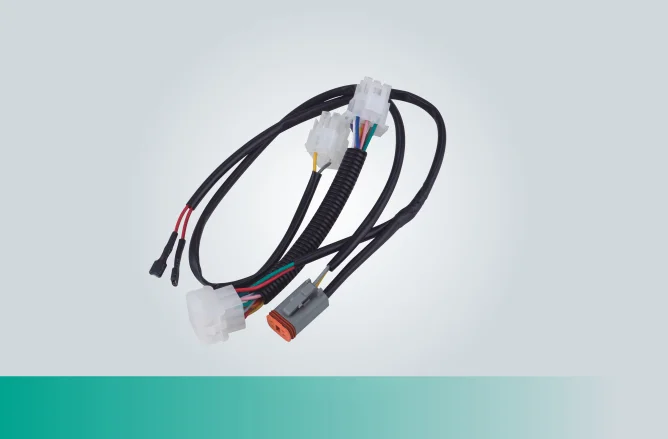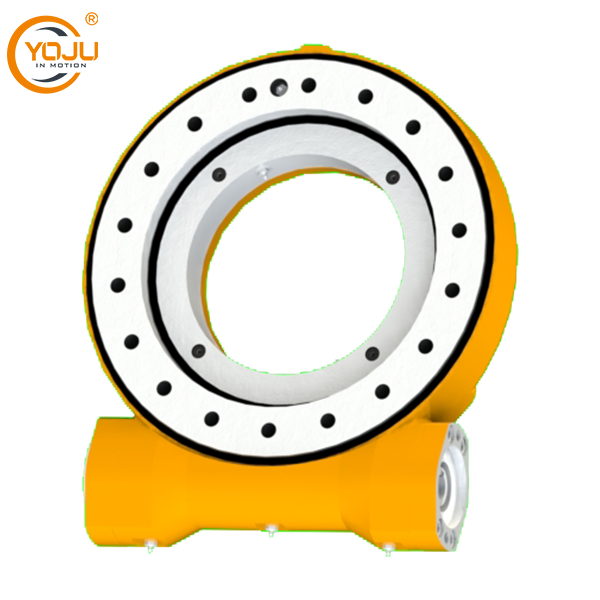In various industries, from manufacturing to HVAC systems, pressure gauges play a crucial role in monitoring and controlling processes. However, like any instrument, pressure gauges can malfunction or become inaccurate over time. This raises an essential question for professionals: How do I know if my pressure gauge is working? In this article, we will explore the signs of a malfunctioning pressure gauge, methods for testing its accuracy, and best practices for maintenance to ensure reliable performance.
Understanding Pressure Gauge Functionality
Before diving into the verification process, it’s vital to understand how pressure gauges operate. These instruments measure the pressure of gases or liquids and convert that pressure into a readable format, typically in psi (pounds per square inch), bar, or pascals. Pressure gauges can be mechanical (analog) or digital, each with its own set of characteristics and potential failure points.
Signs Your Pressure Gauge May Be Malfunctioning
- Inconsistent Readings: If you notice fluctuations in the pressure readings without any changes in the system, this could indicate a problem with the gauge.
- Sticking Needle: A needle that does not move smoothly or sticks at a certain point may suggest internal damage or wear.
- Physical Damage: Inspect the gauge for any visible signs of damage, such as cracks in the casing or a broken glass face.
- Corrosion or Contamination: For gauges exposed to harsh environments, corrosion or contamination can affect accuracy. Look for rust, dirt, or liquid inside the gauge.
- Calibration Issues: If the gauge has not been calibrated for an extended period, it may provide inaccurate readings.
Methods to Test Your Pressure Gauge
To determine if your pressure gauge is functioning correctly, you can employ several testing methods:
- Visual Inspection
Start with a thorough visual inspection. Check for any signs of physical damage, corrosion, or contamination. Ensure that the connections are secure and that there are no leaks in the system.
- Comparison Testing
One of the most effective ways to verify the accuracy of your pressure gauge is through comparison testing. This involves using a calibrated reference gauge to compare readings:
- Step 1: Isolate the pressure gauge from the system.
- Step 2: Connect a calibrated reference gauge to the same pressure source.
- Step 3: Apply pressure and compare the readings. If the readings differ significantly, your gauge may need recalibration or replacement.
- Dead Weight Tester
For a more precise evaluation, consider using a dead weight tester. This device applies a known pressure to the gauge, allowing you to determine its accuracy:
- Step 1: Set up the dead weight tester according to the manufacturer’s instructions.
- Step 2: Apply the known weight and observe the pressure gauge reading.
- Step 3: Calculate the difference between the known pressure and the gauge reading to assess accuracy.
- Calibration Check
If your gauge is digital, it may have a built-in calibration check feature. Refer to the manufacturer’s manual for instructions on how to access this feature. Regular calibration is essential for maintaining accuracy, so ensure that your gauge is calibrated according to the recommended schedule.
Best Practices for Pressure Gauge Maintenance
To prolong the life of your pressure gauge and ensure its accuracy, follow these best practices:
- Regular Calibration: Schedule regular calibration checks based on the manufacturer’s recommendations or industry standards.
- Proper Installation: Ensure that the gauge is installed correctly, with appropriate fittings and in a location that minimizes exposure to extreme temperatures or vibrations.
- Routine Inspections: Conduct routine inspections to identify any signs of wear or damage early on.
- Protective Measures: Use protective covers or shields to guard against environmental factors that could affect gauge performance.
- Documentation: Keep records of calibration dates, inspection results, and any maintenance performed. This documentation can help identify patterns of wear and inform future maintenance schedules.
Conclusion
Understanding how to verify the functionality of your pressure gauge is essential for maintaining the integrity of your systems. By recognizing the signs of malfunction, employing effective testing methods, and adhering to best maintenance practices, you can ensure that your pressure gauge remains a reliable tool in your operational arsenal. Regular attention to these details not only enhances safety but also contributes to the efficiency and effectiveness of your processes. Remember, a well-maintained pressure gauge is a cornerstone of operational excellence.




More Stories
Enhance Your Golf Cart's Performance with a Golf Cart Modification Wiring Harness
Innovative Clinker Silo Design for Cement Storage Efficiency
Innovative Applications of Jwell PVC Extruder in Plastic Processing